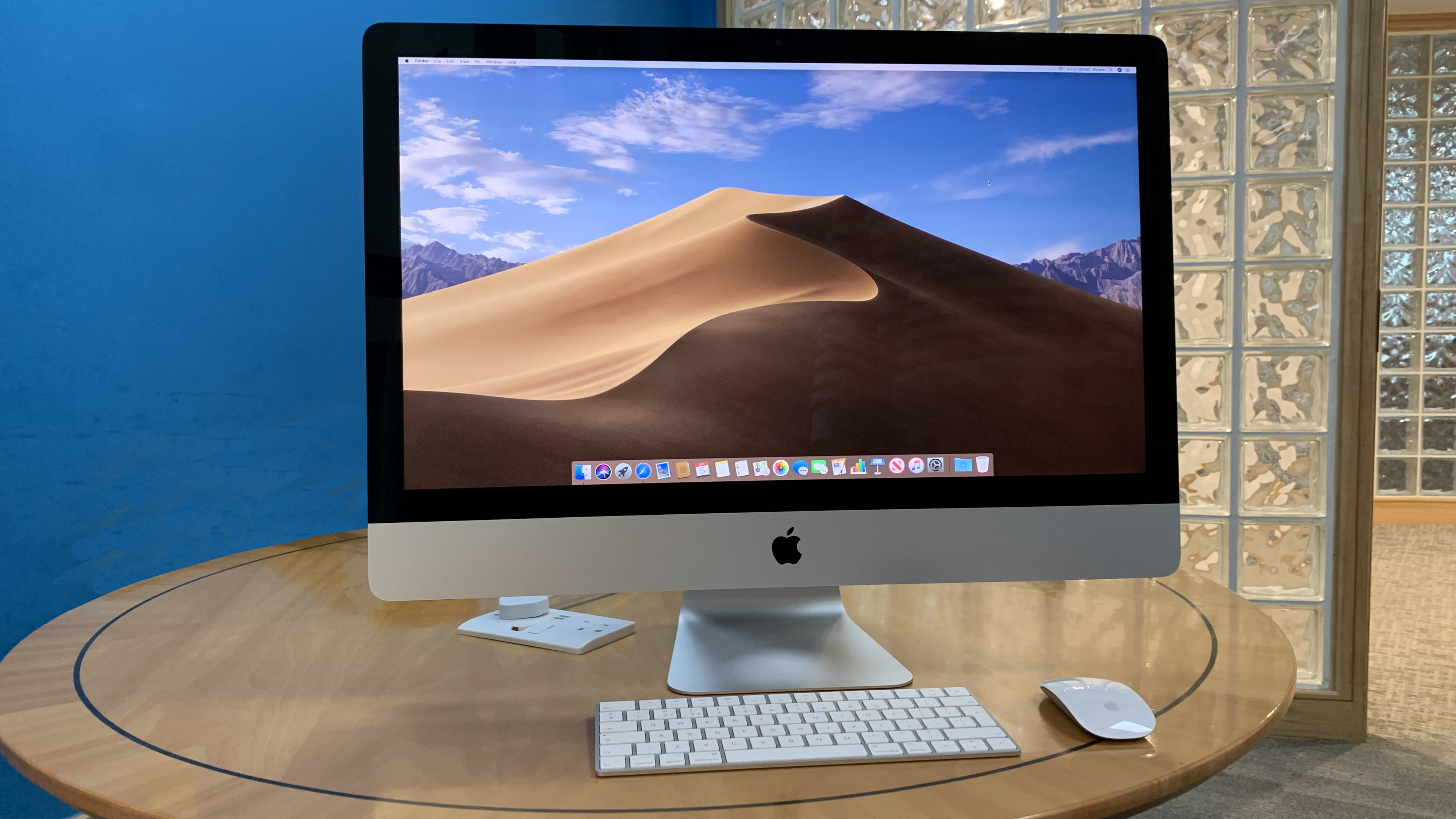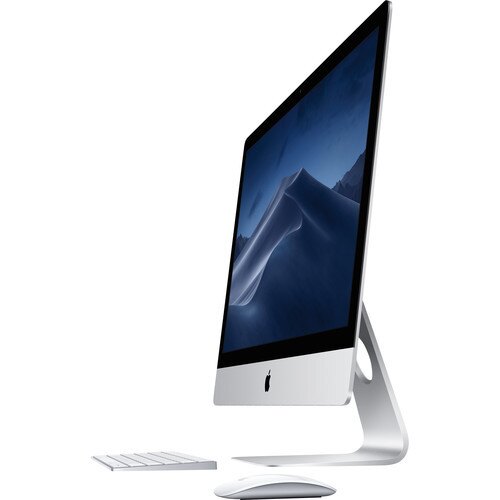

Apple hasn't announced anything beyond the starting price of the Mac Pro, but given that the iMac Pro's top model takes the price from $4,999 up to $15,699, there's no doubt that the maxed-out Mac Pro will exceed that price.

You can outfit the expandable Mac Pro with a huge array of powerful components, going far beyond what the top configuration of the iMac Pro can provide. Because you can put two MPX Modules into the Mac Pro, you can max out the system with a total of four GPUs.įor higher-end configurations, it's not even close. The two GPUs are connected by some specialized circuitry that Apple is calling Infinity Fabric Link, and it sounds as if this two-cards-in-one approach allows the machine to transfer data between the GPUs much, much faster. But at its heart, a single MPX Module houses a single AMD Radeon Pro 580X, a single AMD Radeon Pro Vega II card or the AMD Radeon Pro Vega II Duo, which is essentially two GPUs conjoined onto a shared card. Apple has designed its own GPU modules, with built-in cooling and port connections, called the Mac Pro Expansion (MPX) Module. The Mac Pro, on the other hand, offers up to four GPUs.
#6 CORE MAC PRO VS 5K IMAC FULL#
MORE: Apple iMac Pro - Full Review and Benchmarks But even a more powerful GPU can't compete with multiple cards working in tandem.

The iMac Pro can be outfitted with exactly one graphics card, though Apple gives you the choice between the Radeon Pro Vega 56 with 8GB of HBM2 memory and the more-powerful Radeon Pro Vega 64X with 16GB of HBM2 memory. In graphics processing, the other major piece of any workstation, there's a huge difference between the two systems.


 0 kommentar(er)
0 kommentar(er)
